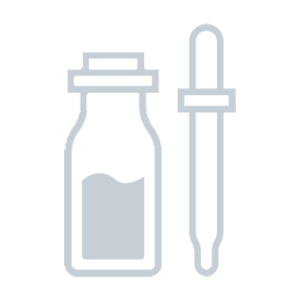Comparison between QV Flare Up Cream vs. QV Moisturising Cream
Find out which product is better for your skin.
Ingredients in both products 2
Components only in QV Flare Up Cream 5
Uniqueness: 71.4%
Components only in QV Moisturising Cream 12
Uniqueness: 85.7%
Face to Face
Components position by position
1
Liquid Paraffin
1
Water
2
Glycerin
2
Mineral Oil
3
Petrolatum
3
Glycerin
4
Phenoxyethanol
4
Petrolatum
5
Pvp
5
Cetearyl Alcohol
6
Parabens
6
Dimethicone
7
Benzalkonium Chloride
7
Squalane
8
Glyceryl Stearate SE
Show others
Positive Effects
Find out what good effects the product has
Both products provide the following effects: , UV Protection, Moisturizing, Softening, Antiseptic, Protection, Hair structure improvement, Hair gloss
Effects unique for Flare Up Cream:
No unique effects found
Effects unique for Moisturising Cream:
No unique effects found
-- Show more --
ECO Metrics
Find out how eco-friendly the components are
Vegan
No
No
Cruelty free
No
No
Reef safe
Yes
Yes
Ozone layer safe
Yes
Yes
Organic score
natural
1 out of 7
14%
chemical
4 out of 7
57%
natural
4 out of 14
29%
chemical
9 out of 14
64%
Concerns
Pay attention to this information
-- Extra information --
Components by Skin Type
Find out what components are good or bad for your skin type
Dry skin
Positive: 1Negative: 0
Glycerin#2
Oily skin
Positive: 0Negative: 1
Petrolatum#3
Sensitive skin
Positive: 0Negative: 0
Dry skin
Positive: 1Negative: 0
Glycerin#3
Oily skin
Positive: 0Negative: 4
Petrolatum#4Glyceryl Stearate SE#8Stearic Acid#10Glyceryl Stearate SE#12
Sensitive skin
Positive: 0Negative: 0

